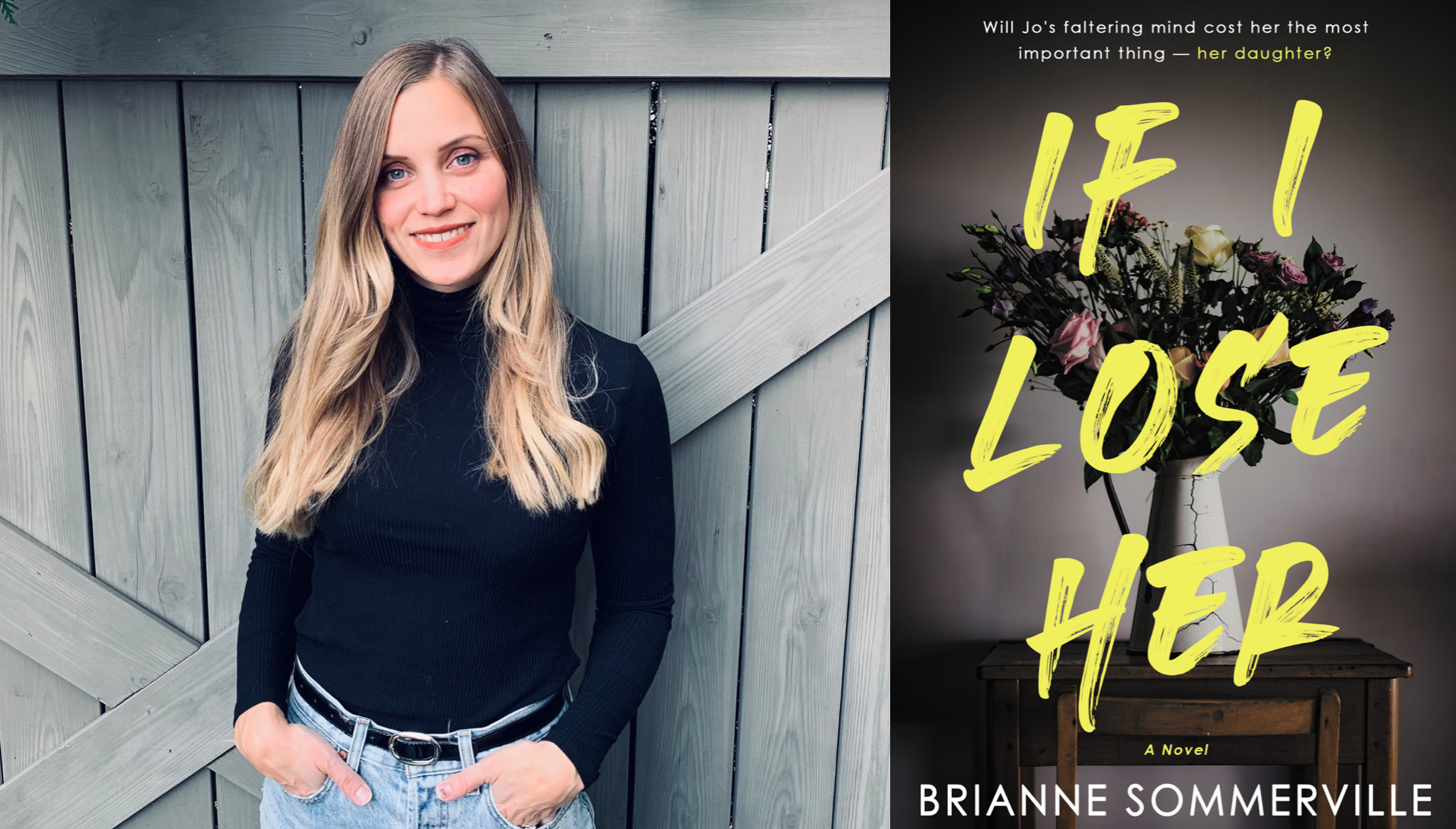
Behold, the revolution is here! Which revolution, you ask? The STEM one. Since their inception, the science, technology, engineering and mathematics industries have been male-dominated. That has slowly been changing over the past few years with the influx of women, but especially with the amount of initiatives in incentives being launched to interested young girls in these areas.
Organizations like Girls Who Code, Black Girls Code, The Stemettes and even Google’s Made With Code program are reaching out to the untapped potential of young girls in order to fill a market that is fast outgrowing the rate of people occupying jobs.
In the US alone it is estimated that by 2018 there will be over 2.8 million unfilled STEM positions unless there is significant cultural change to keep up with industry demand. University of Pennsylvania Institute for Biomedical Informatics post-doctoral researcher Randy Olson believes targeting women at the academic level is key.
“Provided that far more women attend college than men, it seems the best way to meet the U.S.’s growing need for skilled programmers and engineers is to focus on recruiting more women — of any race or ethnicity — into Computer Science and Engineering majors. The big question, of course, is “How?” With the constant issues of subtle (and sometimes not-so-subtle) discrimination against women in these male-dominated majors, we have quite a tough task on our hands,” he writes.
The discrimination certainly is evident, as one Senior Mechanical Engineering student from Eastern Washington University pointed out in a letter to the editor in a school paper that has gone viral. Jared Mauldin addressed his thoughts to all the women in his engineering classes, stating although they may be getting the same grades as him, they are in fact not equal. Here’s why:

Needless to say, the emphasis on targeting younger and younger STEM minds, especially girls, is important. Verizon did this not too long ago with their ‘Pretty Brilliant’ campaign, aiming to teach girls that there is more to life than aspiring to be a Disney princess, for example. They wanted to subvert the subtle negative messages that teach girls to be compliant, quiet and demure, while a the same time encouraging boys to explore, be curious and use their minds to change the world around them.
More recently, EDF energy in the UK launched a similar initiative called ‘Pretty Curious’ which did get some backlash as some felt it was still focusing too much on the need to be pretty.
“It’s been chosen purposefully to challenge the stereotypes around personal appearance that are often applied to girls. We knew the name would attract attention and chose it in order to raise awareness of the campaign, which aims to address the significant under-representation of women in Stem,” said the company in a statement in regard to complaints it was getting.
We believe that if it is starting discussions about the gender imbalance in STEM fields, while also encouraging girls that this is where they belong (if they so desire), it is a good thing!
But women in STEM is certainly not a new phenomenon. Some of you may be familiar with Ada Lovelace, the mathematician and writer, who created the first algorithm intended to be carried out by a machine. She is often referred to as the ver first computer programmer. Today, Tuesday October 13, is Ada Lovelace day, and we decided to be part of the collective movement inspiring girls in STEM industries.
A new children’s book based on the life of Ada Lovelace by author Laurie Wallmark and New York Times-celebrated illustrator April Chu titled ‘Ada Lovelace and the Thinking Machine’ has just been released today, and was created to stir the imaginations of young girls at a time when they are still forming their views about the world and deciding what path they want to take in life.

Thanks to Laurie and April, we finally have a book that celebrates women’s achievements in math and science in a compelling way. Laurie, a former computer engineer turned children’s author, hopes the stories of extraordinary women in STEM will help girls embrace the possibilities in these fields. We had a chance to ask both women about why they hope this book will enable parents to encourage their kids, especially girls, to be fearless in pursuing their passions.
How did the idea for the book come about?
Laurie Wallmark: I’m passionate about both STEM (science, technology, engineering, and math) and women’s rights. Writing a biography about a woman in STEM gave me an opportunity to share both of these with others. Since I’m a computer scientist, it seemed natural to write about someone who made an important contribution to that field. Though there were many women to choose from, even though you wouldn’t know it from reading history books, Ada Byron Lovelace stood out. She was the world’s first programmer, making her the obvious choice.

You have somewhat followed in the footsteps of Ada herself by previously working as a computer engineer as well as holding degrees in biochemistry and information systems. What got you interested in STEM?
LW: I’ve loved math since I was a little girl. I think I read every math book our public library had to offer. I also took every high school math class available to me. I did this in spite of the fact the principal told my mother, “Laurie’s a girl, so she won’t be taking any higher level math classes.” I took great pleasure in proving him wrong.
If there had been a STEM major in college, I would have been first in line to sign up. Who wouldn’t want to unravel the mysteries of the universe (astrophysics) and figure out how to make bridges safer (engineering) and mix up concoctions that might explode (chemistry) and find a way to better predict earthquakes (geology) and… You get the picture. The list could go on and on, because science, technology, engineering, and math are fun!
Why do you feel it is important to have more books about women like Ada Lovelace out there in the world for girls?
LW: Only about 10-15% of software engineers are women. This is unacceptable. Early on, many girls internalize the idea that STEM is only for boys. Worse, some girls are afraid of STEM or believe they’re not good in these subjects. We need to reach girls at a young age to “inoculate” them against acquiring these negative stereotypes. It is certainly okay for a girl have interests other than STEM she prefers. What’s not acceptable is for her to feel that it is inappropriate or somehow wrong for her to like STEM.

It can be tough to find female STEM role models, but it certainly is happening slowly (Marissa Mayer, Elizabeth Holmes). As a woman who has worked in these industries, did you come up against any barriers because of your gender?
LW: When I was still working in Corporate America, it was not so much that I experienced barriers as I was made to feel uncomfortable being a woman in tech. More often than not, I was the only woman in a meeting. (As a side note, this is still the case for my software engineer daughters.) I had to endure comments like: “You should be home with your children.” and “You’re taking jobs away from men who need the work to support their families.”
Looking back, though, I experienced some truly egregious incidents of sexual harassment. My first business trip was to Washington DC. I was to make a presentation at a technical conference about a software program I had written. The evening before I was scheduled to talk, four male coworkers and I went to dinner together—at a topless bar!
I regret to say this type of harassment is still happening today. One organization, the Ada Initiative (you have to love the name!), attacked this problem by creating a tech conference anti-harassment policy. Hundreds of organizations and conferences were inspired by this to implement their own anti-harassment policies. Change is slow, but it is happening.
What is the message you want girls and parents to take away from your book?
LW: My message is simple. Girls (and boys!) shouldn’t let who they are or their personal circumstances make them feel that any professions are not open to them.

As an illustrator, why did you decide to be part of the ‘Ada Byron Lovelace and the Thinking Machine’ book?
April Chu: We didn’t learn about Ada Byron Lovelace in school when I was growing up and unfortunately she really isn’t someone you hear about often. So I basically knew nothing about her prior to reading Laurie’s wonderful manuscript. Immediately after reading the manuscript, I did more research on her and I couldn’t believe what an interesting but overlooked historical figure she was.
I definitely wanted to bring more attention to Ada and all her contributions to the tech industry. Also, because she lived in England during the Victorian Era and mingled with many of the influential academics of her time, I knew I could challenge myself and incorporate many fun details in the illustrations for my first biographical picture book.
You have a degree in architecture, did you ever think you would be a children’s book illustrator?
AC: I’ve always loved drawing and when it came time to select a major in college, I believed that architecture would be my best choice once I graduated. But I always knew I wanted to do something more creative and whimsical. In 2009 I took a children’s book illustrating course and I knew right then that I wanted to pursue a career in illustration.

Why was it important to you to be part of book that promotes women in STEM jobs?
AC: I think it’s important for girls to not feel limited to certain occupations. The more literature that focuses on women in STEM as role models, the more that girls are encouraged to pursue their interests in those fields.
If you had one message for girls today who don’t know anything about STEM industries, what would it be and how would you encourage them to get interested?
AC: My message would be that whether you are interested in math, science, architecture, or art, know that you can succeed at anything if you don’t give up and work hard. I would encourage girls to be curious about all subjects, don’t be afraid to step outside your comfort zone, read and inquire about different industries, attend career fairs, talk to professionals in STEM industries, get a mentor, join math/science clubs, and check out local events that promote hands-on STEM learning.
=======================================================================
(You can purchase ‘Ada Byron Lovelace and the Thinking Machine’ from Barnes & Noble, and Amazon.)


















3 thoughts on “New Book About Ada Lovelace Set To Inspire A Generation Of Young STEM Minds”